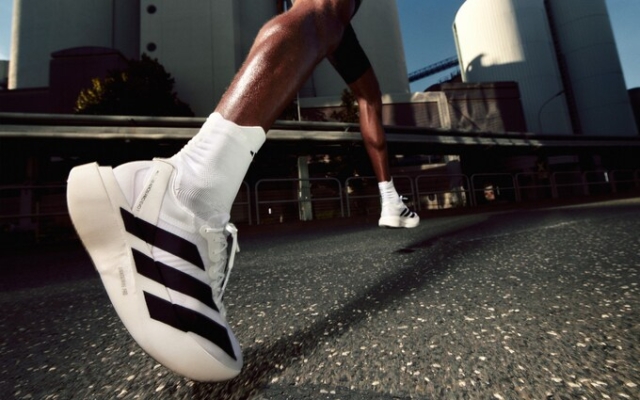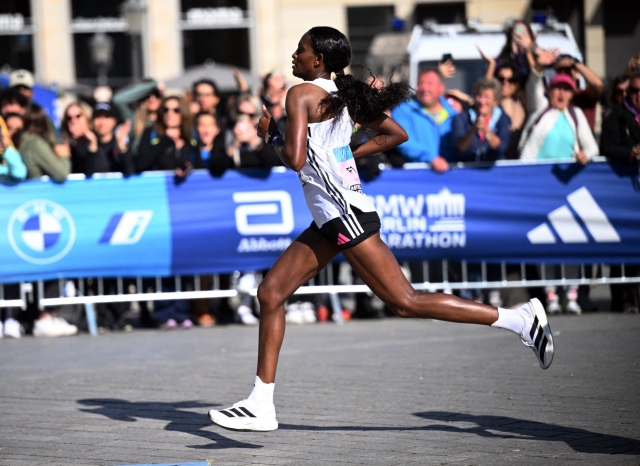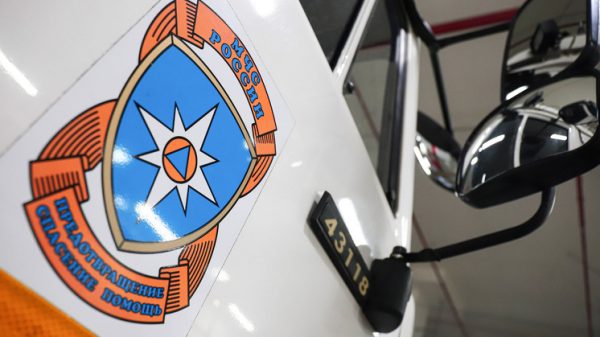 Tigist Assefa broke the Berlin women's marathon world record on Sunday wearing the £400 Adidas Adizero Adios Pre Evo 1 trainers
Tigist Assefa broke the Berlin women's marathon world record on Sunday wearing the £400 Adidas Adizero Adios Pre Evo 1 trainers
World Records athletics have been branded a «devalued currency» after a leading former British runner criticized the «farce» of the top women's marathon runner being destroyed in a pair of new £400 Adidas «super trainers».
Ethiopia's Tigist Assefa missed the world record by more than two minutes on Sunday in Berlin, setting a new record of 2 hours 11 minutes 53 seconds, now almost four minutes better than Paula Radcliffe's 16-year-old world record would ever have been broken only by runners wearing carbon-reinforced shoes.
All major world records in the 5000m and up to the marathon since 2020 have also been broken by athletes wearing “super shoes” or “super spikes”, which combine brutal enforcement. outsoles with a resilient foam midsole.
On Tuesday, Adidas will unveil its new ultra-light road running shoe, the Adizero Adios Pro Evo 1, to the public following its stunning debut in a major race on Assefa's feet.
Tim Hutchings, an Olympic finalist and world, European and Commonwealth medalist in the 1980s, wonders whether there is now a generation of runners who will never know exactly how good they really are.
“One of the main indicators of greatness is setting records, and that is currency devaluation,” he said. “This figure could and should be raised to its previous value if one were to use data to show the greater differences achieved by shoe technology. This generation deserves it, so a fair comparison with history.
 Tigist Assef's triumph was criticized as a farce by one former runner who said that the new sneakers made world records meaningless. Photo: REUTERS/Annegret Hilse
Tigist Assef's triumph was criticized as a farce by one former runner who said that the new sneakers made world records meaningless. Photo: REUTERS/Annegret Hilse
“Although it was a truly fantastic run…footwear technology should have been better monitored and officially recognized as a 'new era.' It's okay if the latest shoes from different brands cost £150-200. Many runners will agree to these costs. When it starts to reach 300-400 pounds, that's when it becomes decidedly ridiculous.”
Mara Yamauchi, who has slipped from second fastest to fourth fastest among British marathon runners of all time since last year, told the Telegraph. A sport she “struggled to understand.” Assefa broke the world record by more than two minutes.
“What impact the shoes had, or whether it was her own abilities, we just don’t know,” she said. “My understanding is that some people respond very well to them [the shoes], others not at all, and then everything in between.”
Another retired British marathon runner added: “This is complete and utter farce — 2 hours 11 minutes for a woman — it's just funny. No one came close to Paula Radcliffe's record for 16 years, then it was erased, and now this.
“It’s not sustainable and to me world records are meaningless now. But I think it was entirely predictable and World Athletics probably had no choice but to go along with what the manufacturers wanted. You are comparing apples to pears compared to previous world records.»
Oli Blake, a former British national triathlete, said it's worth noting that the new Adidas shoes are reportedly designed only for optimal use over long periods of time. running one marathon distance. “Are you happy spending £400 on shoes (on top of the race entry fee) while knowingly taking part in throwaway culture?” he said.
Adidas told Telegraph Sport that the shoe was built «for speed, not durability, and was designed to provide maximum support to athletes at the lowest possible weight.» They stated that they were «optimized for more than one marathon race, including associated training.»
Why «super shoes» are so effective is a matter of huge debate. When did the era of “super shoes” begin?
In 2016, scientists testing a new prototype of Nike's road shoe reported four percent energy savings, and Nike runners swept the men's marathon podium at the Rio Olympics. Gold medalist Eliud Kipchoge would go on to symbolize the launch of Nike's Vaporfly and Alphafly innovations; the shoe that revolutionized long-distance running and in which he broke the official world record and became the first person to run a marathon in under two hours.
 Kipchoge breaks the two-hour marathon barrier on his Nike Vaporfly
Kipchoge breaks the two-hour marathon barrier on his Nike Vaporfly
By 2019, Nike athletes accounted for nearly 90 percent of the podium finishes at six major marathons, and runners from other companies sometimes even had to wear Nike shoes but cover up the label. However, scientists have been working hard behind the scenes, and now every major shoe company has a «super shoe» comparable to the Vaporfly or Alphafly. Indeed, Adidas athletes also took the top four places in the men's Boston Marathon earlier this year. The big question is whether Sunday's remarkable women's world record set by the newly unveiled ultra-light Adizero Adios Pro 1 is a signal that Adidas has now truly overtaken Nike.
How do the shoes work?
The hallmarks of a «super shoe» are a rigid plate or bars built into the midsole, usually made of some kind of carbon, that help hold the shoe's shape. The curved midsole geometry is also designed to propel the runner forward, with all manufacturers using lightweight yet resilient high-energy foam that, when combined with a rigid plate or pins, can significantly improve performance. Runners report a firmer feel, which becomes increasingly beneficial over longer distances. Experts estimate that the improvement in running shoes for elite marathon runners can be as much as four minutes, although this varies depending on a person's running style. These benefits remain significant, but are diminished on the trail by the “super studs,” which are limited to 25mm heel height. The limit on road shoes is 40mm.
What is their impact?
The advent of super shoes led to a complete change in athletics records at distances of 5000 meters and above. According to Chris Thompson, European 10,000m silver medalist in 2010 and double Olympic champion, this was not just a result of improved performance on race day, but also how the shoe helped runners prepare differently. Thompson is now 42 but still placed in the top 10 at April's London Marathon and says athletes recover faster from intense training in super shoes, meaning they can potentially train harder too.
While the shoe was primarily worn only by elite athletes between 2016 and 2021, it has now also become widely available to the general public, typically priced between £160 and £280. Improvements in entertainment performance have followed and, despite the price, the shoe is now common in all types of running events, from local park runs to the most elite championship races. Their lightweight design has always meant something of a sacrifice in durability, and it remains to be seen whether club runners will be willing to shell out £400 for the ultra-fast Adios Pro 1, which have been designed for optimal use in just one marathon. /p>Where does the arms race end?
World Athletics has so far introduced guidelines that limit rather than stifle further innovation, as we saw this week with the dramatic introduction of Adidas' 138g running shoe. Ethical issues give rise to sharply divergent opinions. Remember that swimming intervened in the ban on super aerodynamic one-piece suits after a series of world records. Cycling, on the other hand, has allowed technology to flourish and the great records of past eras have been surpassed for scientific rather than sporting reasons.
All shoe companies now employ huge teams of engineers and scientists, and the race to create faster shoes has become a highly secretive, multi-million pound industry. Nike, for example, has the LeBron James Innovation Center in Oregon, which boasts 400 cameras, an endurance and sprint track and experts ranging from biomechanics researchers to robotics specialists. Adidas also has a state-of-the-art World of Sport research campus in Germany.
Dr Thomas Allen, who formerly worked at Adidas and now works at the Manchester Metropolitan University Institute, Sport believes we are living in an era of constant innovation and that the first sub-two-hour marathon in a major race had become inevitable. “I would say this [Adidas shoes] is just the next iteration — Nike will probably come back with something next year, then another company, and that will continue unless there is some kind of rule change.” , said Dr. Allen. .
“The benefits for these brands are enormous. We have entered a new era of interaction between engineering, marketing and athletes, where shoes are produced specifically for a specific race.»
























































Свежие комментарии